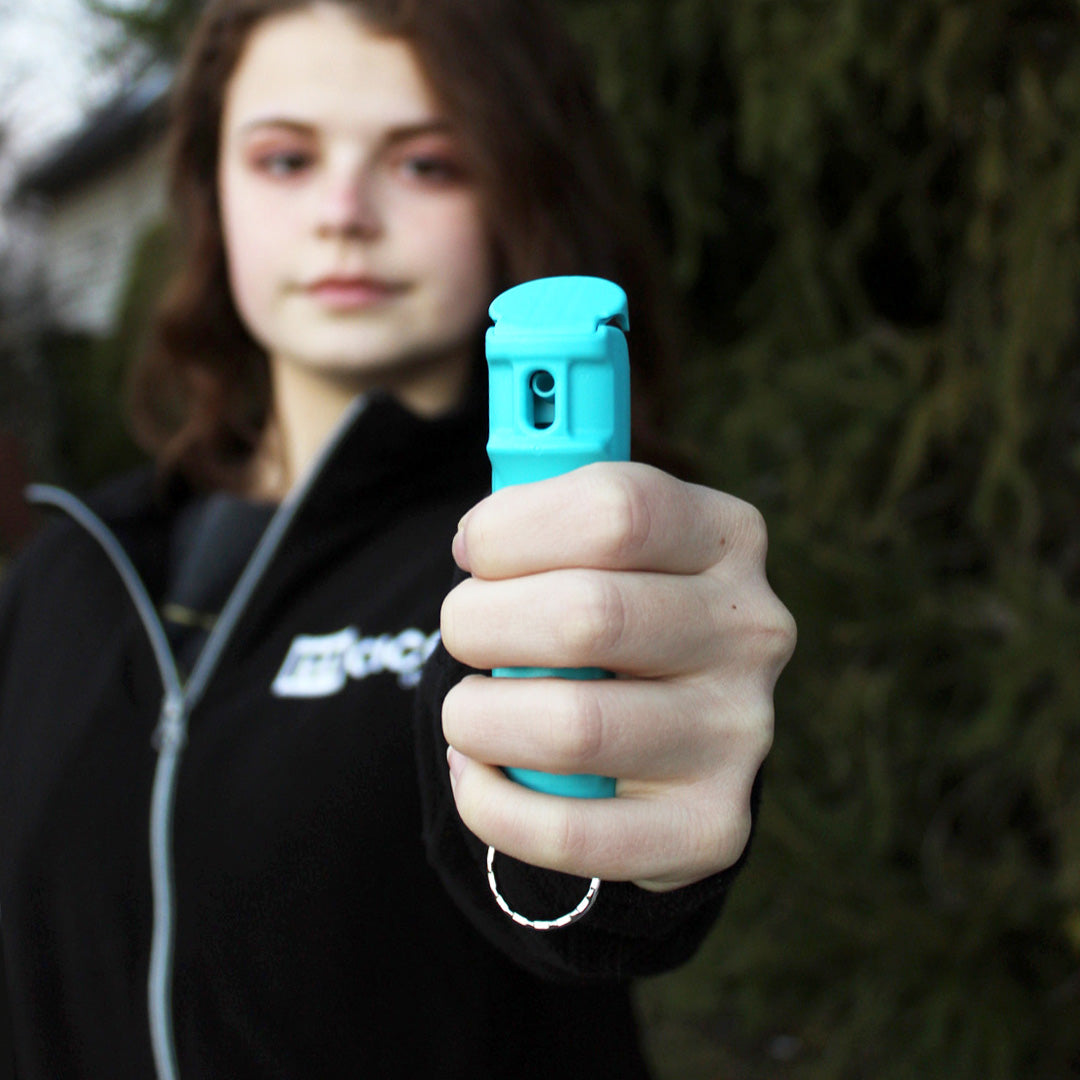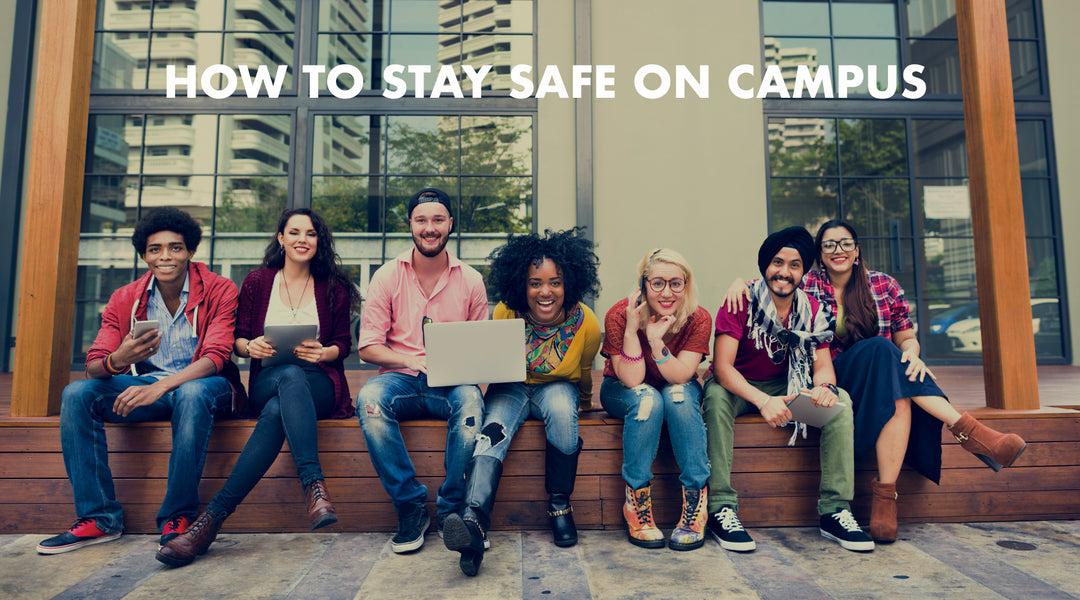Online Shopping Safety

Online shopping is not only a great convenience of which many people take advantage, but it has also become a logical way to both purchase and sell goods from the privacy of one’s own home. This convenience, however, comes at times at a cost due to the number of phishing attacks and malware problems have arisen with the rise of online shopping. Here are a number of ways that PC Magazine suggests you can prevent yourself from being a victim:
- Use trusted websites rather than search engines. Search engine results may often lead potential customers astray as they are rigged with links that can lead you to discovering more rip-offs than actual results. While the sales on these sites may appear to offer a bargain hard to pass up, therein lies the very problem. By sticking to more familiar websites, you can ensure a safer Internet purchase.
- Be aware of whether or not a site has a lock in the URL bar. PCMag says, “Never ever, ever buy anything online using your credit card from a site that doesn’t have SSL (secure sockets layer) encryption installed – at the very least.” You can tell this by checking whether the URL reads “HTTP:// - which indicates no lock, or HTTPS:// - which indicates the lock is present. PCMag also reminds that it is never safe to send credit card information via email.
- Be wary of what personal information you share with online shopping sites. No online shopping store needs your social security number or birthday to complete a transaction. If you were to offer this private and highly sensitive information and online thieves were to get ahold of it in combination with your credit card information, however, much damage could be done. As a rule of thumb, attempt to provide as little sensitive personal information as possible when shopping online.
- Check statements regularly rather than just at the end of the month to be sure you do not have any fraudulent charges. If you happen to catch something off, act quickly to prevent further damage to your accounts and only pay the bill once you know all of the charges are accurate. While you might still be liable for the unfortunate inaccurate charges anyways, you do have 30 days to notify the bank or card issuer of fraudulent charges.
- PCMag lastly recommends inoculating your PC to protect against malware with programs like Webroot SecureAnywhere Antivirus or Ad-Aware Internet Security 9.0.
As previously stated, the rise of online shopping occurs, unfortunately, has led to the rise of online theft. C|Net.com has a few more suggestions on how to prevent yourself from becoming the victim of online theft or fraud.
- Check for physical addresses and contact details from vendors before making a purchase and always be sure to logout of your account after making a safe online purchase.
- Regularly update your PC, Mac, or mobile device to ensure that your operating system, apps, and browsers are running in the latest version. Similarly stay up to date with antivirus and malware scans on your device for early detection of scams and frauds.
- Avoid using public Wi-Fi and public devices when online shipping and if you must make a purchase while you are out, turn on cellular data on your mobile device to avoid using public Wi-Fi. A VPN network is another great option for adding an additional level of security to your device.
- Research your retailer if it is a name you have not heard before. This practice includes reading reviews of the site and its service and reviewing the site itself. Often times promotions are offered to those who write positive reviews or rate the site with 5 stars. Be cautious when you encounter too many positive indications and little to no negatives ones for a particular retailer.
- Use a payment method with buyer protection by using a credit card, PayPal, or a virtual wallet to offer you more flexibility when seeking a refund should fraudulent activity become a problem with a particular site.
When ordering from sites that connect buyers and sellers to personally distribute and collect products such as Craigslist, bring your Mace Brand pepper spray with you for your own protection should your encounter with fraud actually be in person rather than online.
For more information check the sources of this article at www.pcmag.com and www.cnet.com





Leave a comment